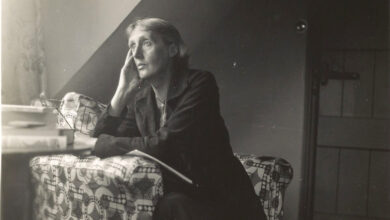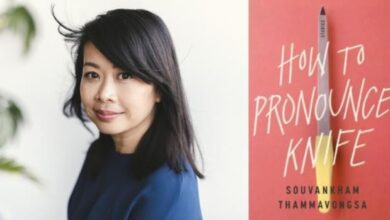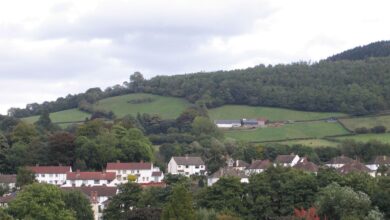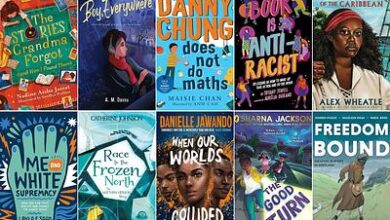FROM THE POETS IN THE KITCHEN
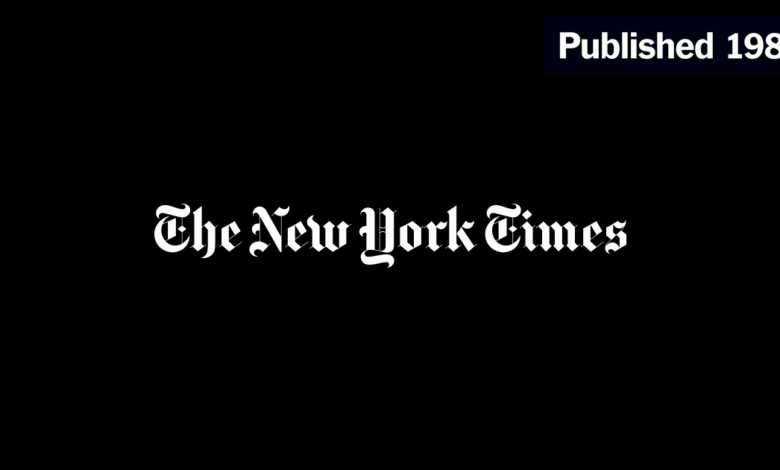
And nothing, no matter how beautiful, was ever described as simply beautiful. It was always ”beautiful-ugly”: the beautiful-ugly dress, the beautiful-ugly house, the beautiful-ugly car. Why the word ”ugly,” I used to wonder, when the thing they were referring to was beautiful, and they knew it. Why the antonym, the contradiction, the linking of opposites? It used to puzzle me greatly as a child.
There is the theory in linguistics which states that the idiom of a people, the way they use language, reflects not only the most fundamental views they hold of themselves and the world but their very conception of reality. Perhaps in using the term ”beautifulugly” to describe nearly everything, my mother and her friends were expressing what they believed to be a fundamental dualism in life: the idea that a thing is at the same time its opposite, and that these opposites, these contradictions make up the whole. But theirs was not a Manichaean brand of dualism that sees matter, flesh, the body, as inherently evil, because they constantly addressed each other as ”soully-gal” – soul: spirit; gal: the body, flesh, the visible self. And it was clear from their tone that they gave one as much weight and importance as the other. They had never heard of the mind / body split.
As for God, they summed up His essential attitude in a phrase. ”God,” they would say, ”don’ love ugly and He ain’ stuck on pretty.”
Using everyday speech, the simple commonplace words -but always with imagination and skill – they gave voice to the most complex ideas. Flannery O’Connor would have approved of how they made ordinary language work, as she put it, ”double-time,” stretching, shading, deepening its meaning. Like Joseph Conrad they were always trying to infuse new life in the ”old old words worn thin … by … careless usage.” And the goals of their oral art were the same as his: ”to make you hear, to make you feel … to make you see.” This was their guiding esthetic.
By the time I was 8 or 9, I graduated from the corner of the kitchen to the neighborhood library, and thus from the spoken to the written word. The Macon Street Branch of the Brooklyn Public Library was an imposing half block long edifice of heavy gray masonry, with glass-paneled doors at the front and two tall metal torches symbolizing the light that comes of learning flanking the wide steps outside.
Source link

